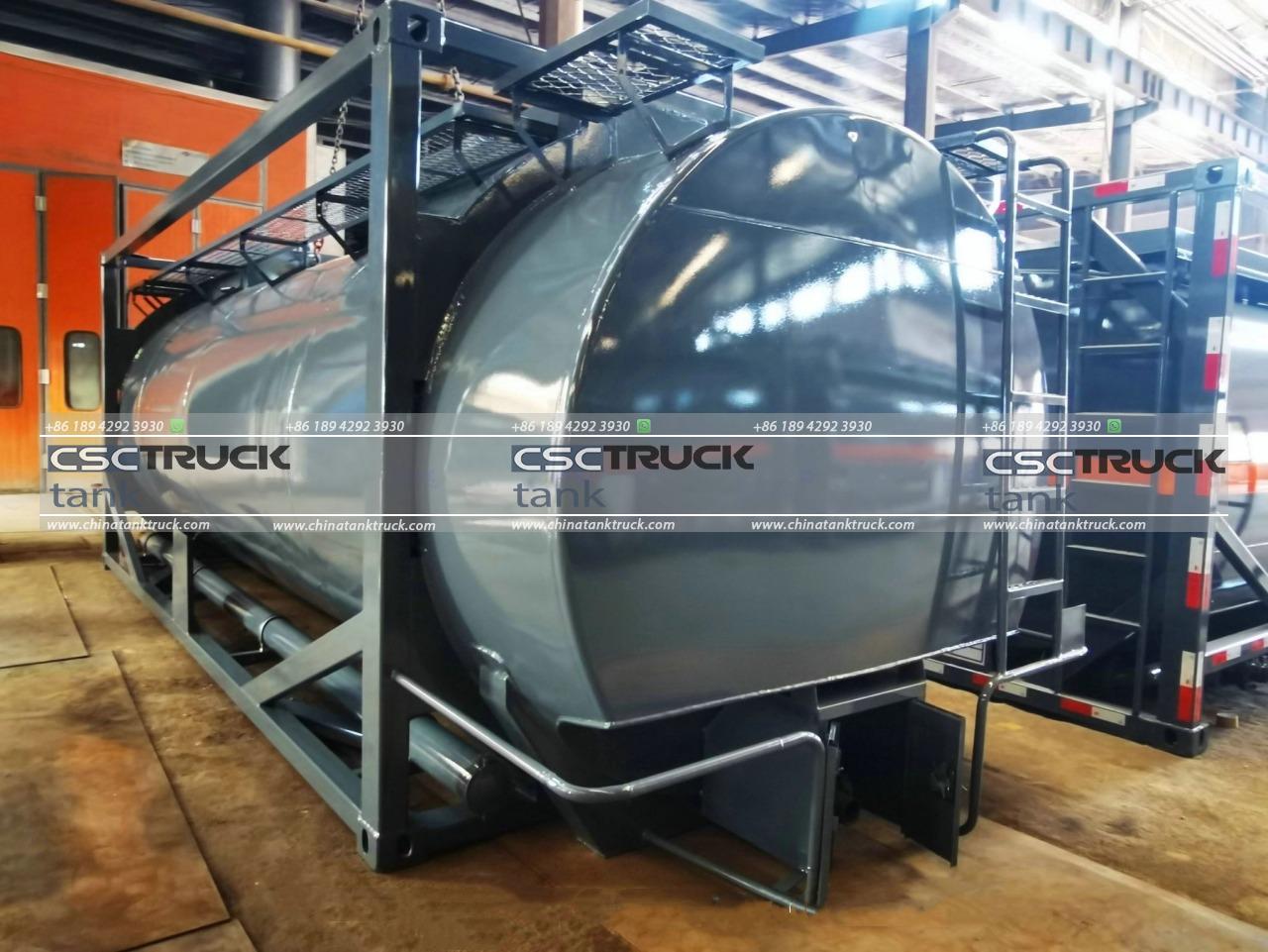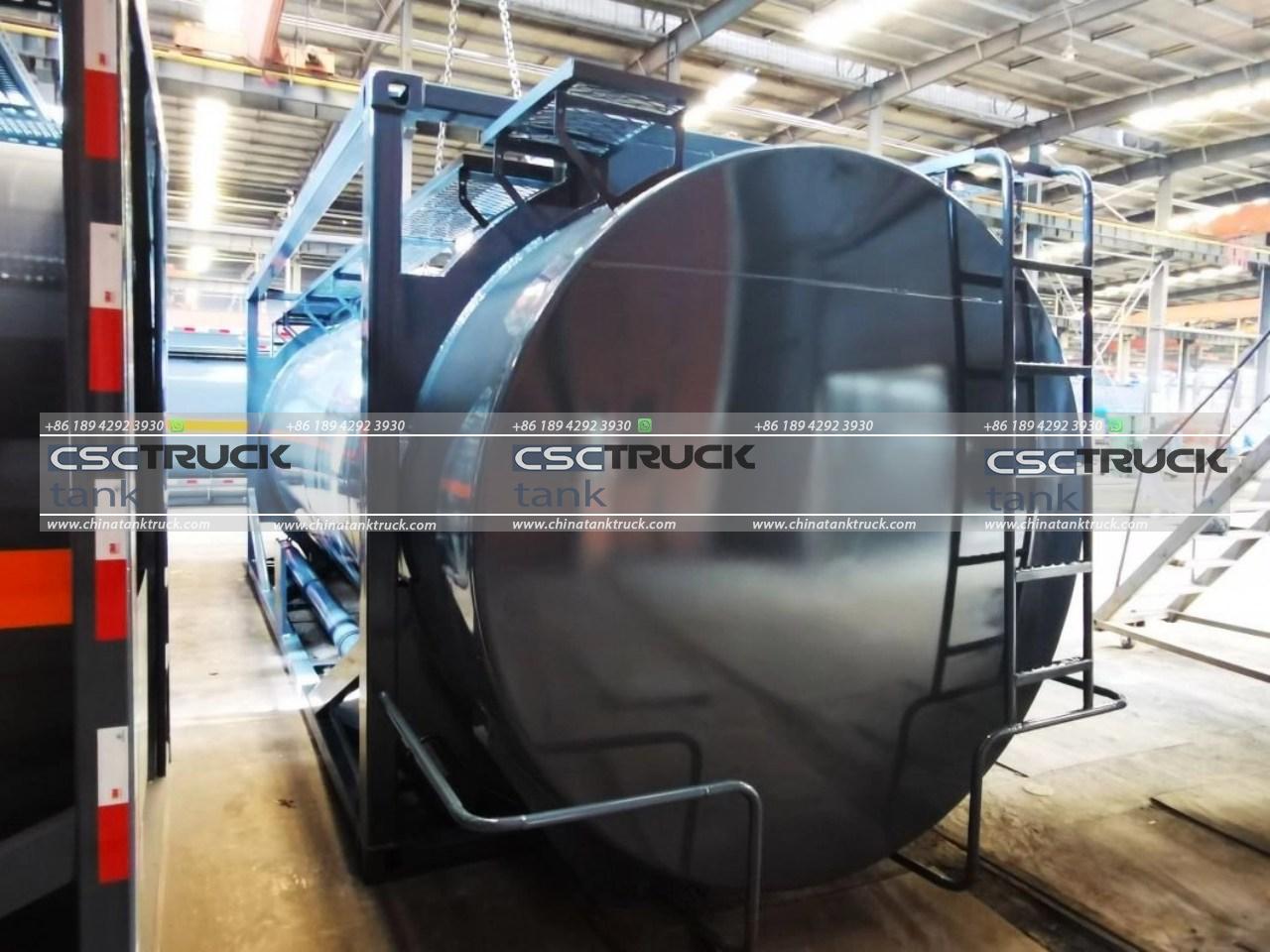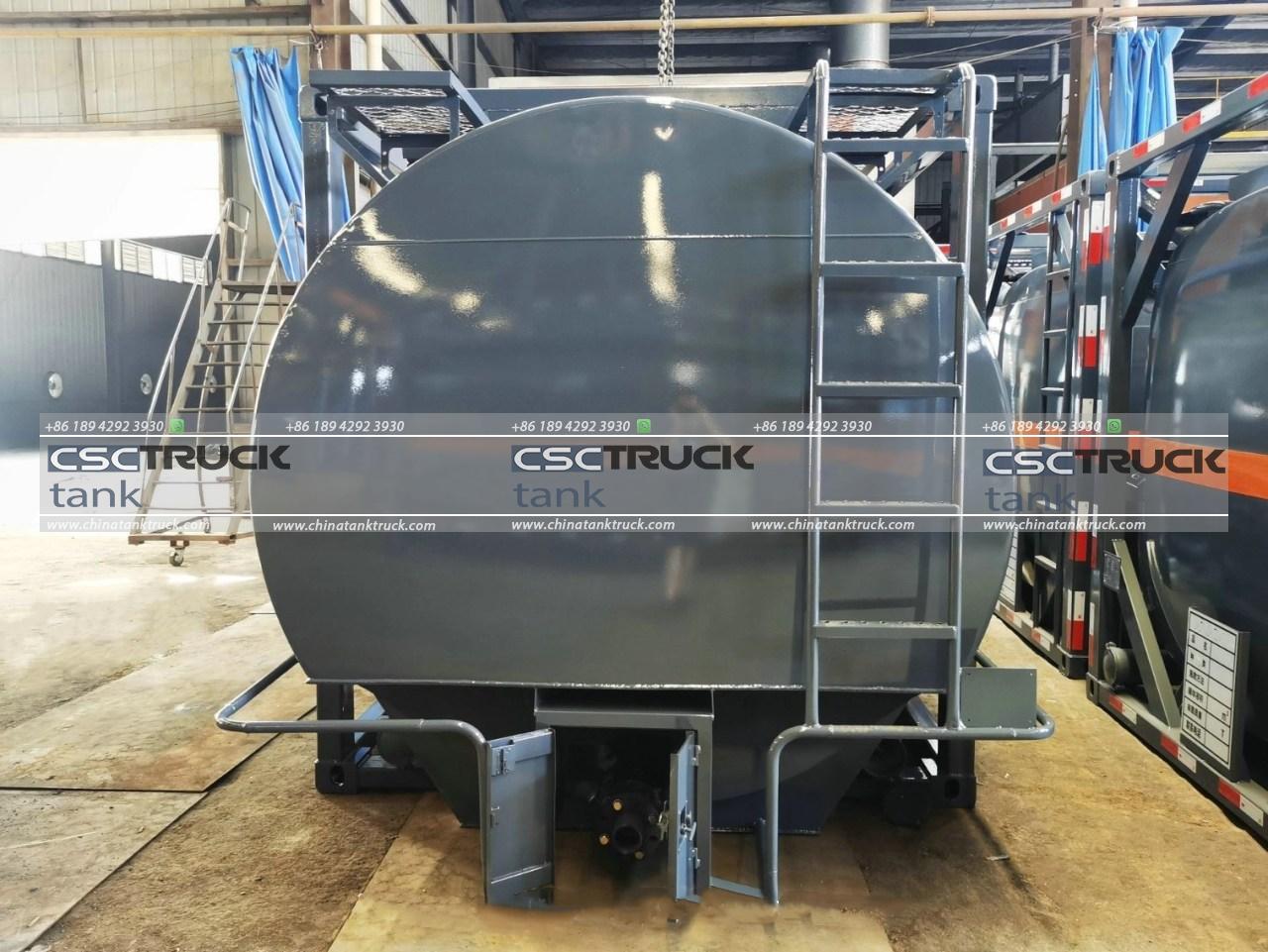What is the Useful Life of ISO Tank Container?
ISO tank containers are crucial components of the global logistics and shipping industry, providing an efficient and standardized means of transporting bulk liquids, gases, and powders. These containers, built to stringent specifications set by the International Organization for Standardization (ISO), are designed to ensure safety, durability, and versatility in a variety of transportation settings. However, like any equipment used in industrial applications, ISO tank containers have a finite useful life. Understanding the factors that influence their lifespan is essential for businesses and operators relying on them for their logistical needs.
Overview of ISO Tank Containers
ISO tank containers are cylindrical vessels, typically made of stainless steel, enclosed within a protective steel framework. The framework conforms to ISO standards, ensuring that the tank can be easily transported by different modes, including trucks, trains, and ships. These containers are widely used for transporting bulk chemicals, food products, petroleum, and other liquids, as well as some gases and powders. The robust design of these containers, along with strict manufacturing guidelines, enables them to withstand harsh environmental conditions and the rigors of international transport.

Determining the Useful Life of an ISO Tank Container
The useful life of an ISO tank container can vary based on several factors, including the material of construction, type of cargo, frequency of use, maintenance practices, and regulatory requirements. Generally, the typical lifespan of an ISO tank container ranges from 15 to 30 years, but it can be shorter or longer depending on how these factors interact.
1. Material and Build Quality
The material used in the construction of an ISO tank container plays a significant role in determining its lifespan. Most containers are made of stainless steel, which offers excellent corrosion resistance and durability. The thickness of the steel, the quality of welding, and the design of the protective frame also affect longevity. High-quality containers built with premium materials can last closer to the upper range of the typical 15-30-year lifespan, while cheaper or poorly manufactured containers may require replacement sooner.
2. Type of Cargo
The type of cargo that an ISO tank container is used to transport can significantly impact its useful life. Containers that carry highly corrosive or hazardous materials, such as acids, chemicals, or petroleum products, are more prone to wear and degradation. Repeated exposure to such substances can corrode the interior of the container or damage seals, reducing its useful life. On the other hand, containers used for transporting less aggressive materials, such as food products or water, tend to last longer due to the less corrosive nature of the cargo.
3. Frequency of Use
Another key factor that influences the lifespan of an ISO tank container is how frequently it is used. Containers subjected to continuous or heavy-duty use will experience more wear and tear than those used less frequently. Constant loading and unloading, transportation, and exposure to environmental factors such as saltwater, extreme temperatures, and humidity can take a toll on the container’s structural integrity over time. Containers that are used less frequently, stored properly, and kept out of harsh environmental conditions tend to last longer.
4. Maintenance and Inspection Practices
Proper maintenance is essential for extending the useful life of an ISO tank container. Regular inspections help identify potential issues, such as cracks, leaks, or corrosion, that can compromise the container’s integrity. Adhering to recommended maintenance schedules, such as cleaning and resealing the interior after each use, checking for structural damage, and promptly addressing any repairs, can significantly extend the life of a container. Containers that are neglected or poorly maintained may experience premature failure, potentially leading to safety hazards and costly downtime.
5. Regulatory Compliance
ISO tank containers are subject to various regulatory requirements, depending on the regions in which they are used and the materials they transport. In many countries, regulations mandate periodic inspections and recertifications to ensure that containers remain safe and fit for use. These inspections may include pressure tests, visual examinations, and evaluations of the tank’s interior condition. Failing to comply with regulatory requirements can result in the decommissioning of a tank container, even if it appears to be in good working condition. Therefore, staying compliant with regulations can help maximize the container’s useful life.
Signs of Aging and Degradation in ISO Tank Containers
As an ISO tank container ages, certain signs of wear and degradation may begin to appear. Recognizing these signs early can help operators decide when it is time to retire or replace a container, preventing potential accidents or operational disruptions. Common indicators of an aging ISO tank container include:
1. Corrosion: Corrosion is one of the most common forms of degradation in ISO tank containers, particularly those used for transporting chemicals or exposed to harsh environments. Rust or corrosion spots on the container’s surface or frame may indicate a compromised structure.
2. Leaks: A leak in an ISO tank container is a serious safety hazard and a clear sign of degradation. Leaks may result from cracks in the tank, damaged seals, or corrosion.
3. Frame Damage: The protective steel frame of the container is designed to protect the tank from external forces during transport. Over time, repeated impacts, loading, and handling can cause the frame to weaken or bend, reducing the container’s ability to withstand stress.
4. Dents and Cracks: Dents or cracks in the tank itself can indicate structural weaknesses that may worsen over time. While small dents may be repaired, cracks are often a sign that the container needs to be retired.
5. Internal Wear: The interior of the tank may also show signs of wear and degradation. Pitting, thinning of the walls, or damaged coatings can compromise the tank’s ability to safely contain materials, particularly hazardous substances.

Extending the Useful Life of ISO Tank Containers
Several strategies can be employed to extend the useful life of an ISO tank container. Proper maintenance, as mentioned earlier, is critical. Additionally, operators can rotate their containers to ensure even wear across the fleet, limiting the stress on any single unit. Using protective coatings on the interior of the tank, especially when transporting corrosive materials, can help protect the steel from damage.
Another option is refurbishing older containers. Replacing damaged parts, re-coating the interior, or reinforcing the frame can give an older container a second life, allowing it to remain in service for a few more years. However, refurbishment should only be performed by qualified professionals to ensure that the container meets safety standards.
End of Life Considerations
Eventually, even with proper maintenance and care, an ISO tank container will reach the end of its useful life. When this happens, operators must determine the best course of action for decommissioning the container. Some containers may be repurposed for non-transport applications, such as stationary storage. In other cases, the container may need to be scrapped, with the steel being recycled for other uses.

Conclusion
The useful life of an ISO tank container depends on a variety of factors, including the material of construction, type of cargo, frequency of use, and maintenance practices. While the typical lifespan ranges from 15 to 30 years, proper care and regular inspections can extend this period. By understanding the factors that influence the longevity of these containers, operators can ensure the safe and efficient transportation of goods for years to come.

